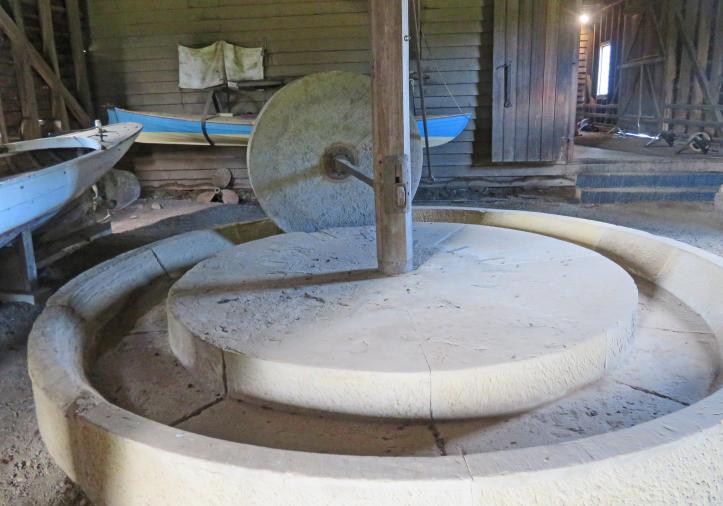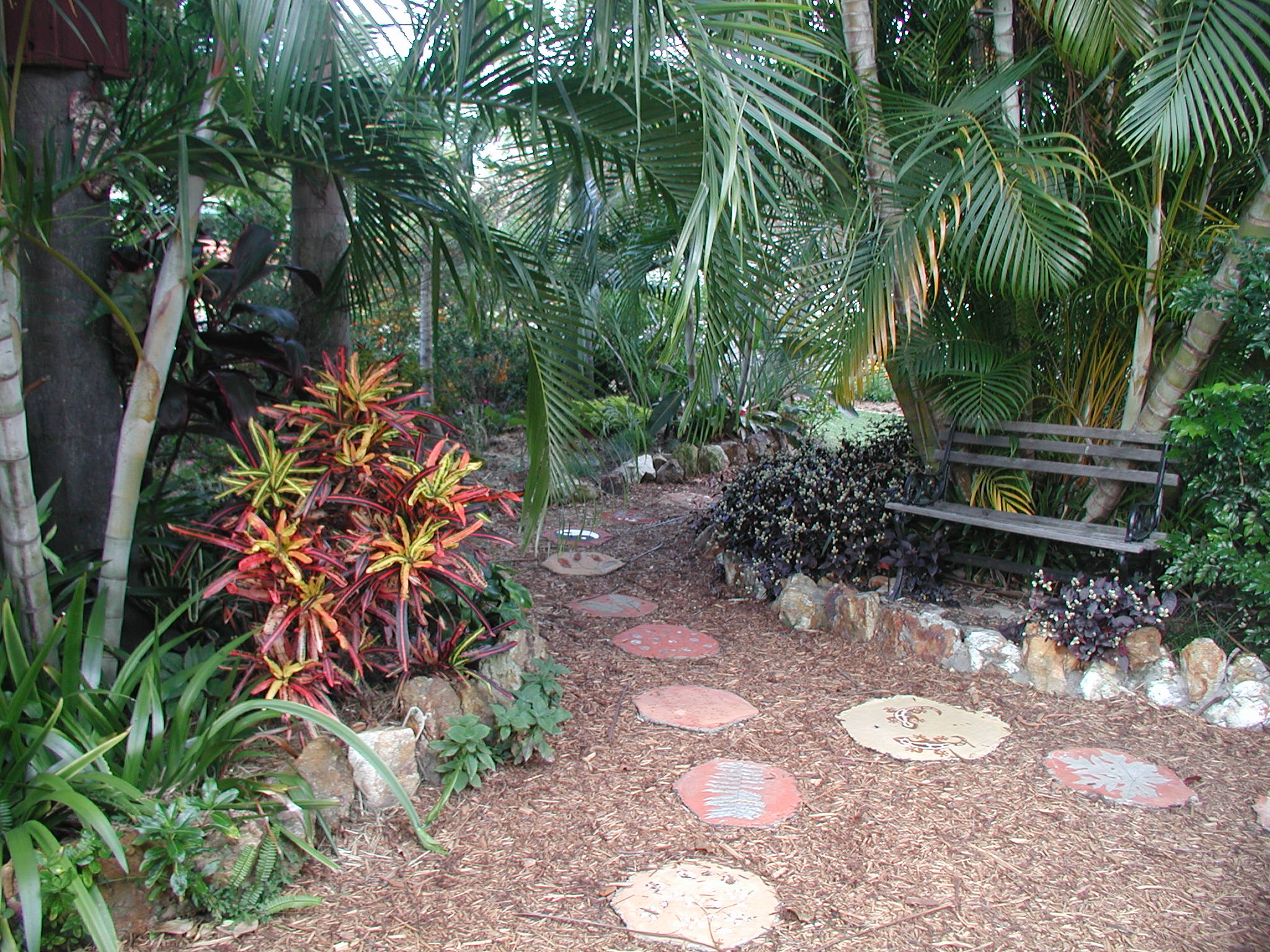
It’s now 2 months since we were in Tasmania. Christmas has been and gone and it is now 2022. What a change 8 weeks make. November 14 we left for Launceston with no covid cases in either Queensland or Tasmania. November 28 we arrive home.
Two weeks later on December 13 the borders were opened and with a rush omicron arrived with all the tourists and visitors. Within a day 30 cases were reported and now, 4 weeks later, we are up to 18000 new cases a day and rapidly escalating. We feel so grateful that we managed to travel in that small window of relative safety.
So back to my reminiscing about our trip.
When free settlers arrived in the early 1800’s the Tamar River and the area around Launceston was perfect for settlement. A river for transporting goods in and out of the region. Fertile country for farming. But a major shortage of labour to build and develop facilities. So an ideal solution was to assign convict labour to the newly arrived land owners.
A major tourist attraction in Launceston is “Woolmers Estate”. This is now a World Heritage convict site and we had been told about the magnificent rose gardens and new restaurant recently opened. Definitely a must visit. We took the advantage of a conducted tour and it turned out to be a personal, one on one, experience as we were the only visitors that day. Derek our personal, volunteer guide was passionate about the history and shared the stories and history of this beautifully restored convict site. I could visualize the tough life of those early days as Derek took us around and told us the interesting stories of the owners and convicts as they cleared the land, built sheds and houses, grew all their food, and gradually created the estate we walked around today. This is the wool shed. 
At one time they farmed 10000 sheep and wool production was the main industry. They built one of the oldest and grandest wool sheds in Australia to process the wool clip. I was so engrossed in the stories of life back then I totally forgot to take many photos, until I was walking away from the shed…
Apples were also a main crop and they were processed into cider. The original crushing, horse powered press was on display and the large fermenting vats that are no longer used but still on display.
These are 2 of the workers cottages.
Woolmers has been owned and run by 6 generations of the Archer family. The first Archers were known to treat their assigned convicts fairly and many of the convicts remained working for their masters even when they received their ticket of leave and were free to go.
I would’ve loved to look inside this mansion that they built. The back part is the original building built in 1820, then the rather grand, front part was built later in 1838. It has all the original furniture and artifacts, acquired by the family over 180 years, providing a rare insight into six generations of one family, nothing was ever thrown away and everything was used by the family Sadly the 6th Thomas Archer never married and so with no heirs to carry on, he set up the Archer Historical Foundation to ensure the estate would remain as a monument to the past and be open for the public to view. He died in 1994 and in 1996 the estate was opened to the public.
It was fascinating to look back at the bygone lifestyles. After an hour of being transported into the 1800’s with stories and walking through history in the footsteps of a bygone era. It was now time for lunch… 
This is the view from the window of the restaurant, across the rose gardens to the convict buildings in the distance. The restaurant was in the modern information and conference centre, with meeting rooms and galleries, and again I didn’t take any photos. Oh dear I am slipping… The rose gardens are a modern creation opened in 2001 on the site of the original apple orchards. It is an enormous garden maintained by hard working volunteers and contains thousands of roses and November is the peak season for them. We had a delicious, creamy tomato soup for lunch, then, fortified, we wandered around and this time the camera worked over time. Here is a gallery of just some of these beautiful flowers.
Only 2 more days and we go back home…















Wonderful Pauline, both you and the post.
Our guide covered what was said in other link.
But the aerial views of the land scape were a bonus.
LikeLiked by 1 person
Thanks Jack. That link showed the surrounding countryside so well
LikeLike
Thanks for the virtual travelling, Pauline! It really does seem like an interesting place. Things are pretty bad here in the UK too. I don’t think I’ll be travelling for a while.
LikeLiked by 1 person
I would love to visit Tasmania again. But don’t know if that will happen. Great scenery for painting.
LikeLike
The gardens look fabulous, Pauline. Sometimes it’s nice to forget the camera and just be in the moment.
LikeLiked by 1 person
Yes I was definitely in the moment being carried into the past…
LikeLiked by 1 person
Woah, your infections have soared! Inevitable once borders are open, but it must be a shock to you. The roses are so beautiful, but it’s a shame that the old orchard has gone. Old apple orchards often have wonderful varieties that can’t be found today.
LikeLiked by 1 person
They still did have a few apple trees in the vegetable garden area as a token of what they had in the past. Did you know Tasmania is known as “the apple isle”? renowned for its apples. Amicron is a real and present danger now and Jack and I are self isolating till we get our booster in mid February. How are you? have you had your booster?
LikeLike
We had our boosters at the end November, but we still don’t go anywhere where there are crowds. It might be a milder infection, but why risk it. Luckily we live in a small hamlet, lots of fresh air!
LikeLiked by 1 person
Yes why risk it, some people, even younger ones over here, are still dying. Stay safe Jude
LikeLike
Lovely Pauline. Tasmania is so special.
LikeLiked by 1 person
Did you get there when you visited over here Cindy? It is very special. I would love to go back again one day. Still a lot to see.
LikeLike
Beautiful photos all and thank you for this part of the history of landowners and their acquired help. So nice you could visit there. Take care.
LikeLiked by 1 person
We were very lucky to be able to finally do this much anticipated trip Renee. We won’t be going anywhere else for a while now.
LikeLike
What a pretty rose garden! It looks like it is designed to be both pretty, but also to be compliant with the cultural requirements of the roses. It is not so crowded like some of the modern rose gardens. (Good air circulation inhibits transmission of disease.) (Of the two relatively local municipal rose gardens that I am familiar with, one is of traditional design, with turf walkways, and the other is designed for the benefit of the roses, with chips over otherwise bare ground. The modern rose garden, with the chips over the ground, preserves the important collection of Old World Roses, but is not as pretty.) Also, the roses seem to be hybrid tea roses or grandiflora roses, instead of those trendy English roses. I know that they must be modern English roses, but they look pretty anyway.
LikeLiked by 1 person
Yes the roses did look very healthy Tony. It is an ideal climate for them as it is very much like an English climate with 4 seasons and a cold winter. It had been designed on the elaborate French formal style of the 1600’s, so the brochure told me, with thousands of species from original old varieties to modern cultivars. Very interesting .
LikeLiked by 1 person
Yes, that was the standard for rose gardens until recently. However, many European and Canadian rose gardens of such style incorporate additional perennials that become crowded. Some look like elaborate flower gardens with a few roses mixed in. The climate is likely less humid and perhaps more comfortable to roses than that of England.
LikeLiked by 1 person
I tried growing roses in New Zealand, with limiter success. But don’t even try here on the sub tropical Gold Coast
LikeLiked by 1 person
They probably would not like the humidity. The minimal humidity is why they like the climate here so much. Roses might also prefer more chill than they get there. Although the weather does not get very cold here, it gets cool enough for roses.
LikeLiked by 1 person
I wish my roses looked as lovely as these do. So many beautiful blooms.
LikeLiked by 1 person
I’ve given up trying to grow roses on the GC. But I loved looking at them
LikeLike
Lovely memories from your recent Tassie trip to tide you over, Pauline. Beautiful photos as always
LikeLiked by 1 person
Thousands of photo memories, in albums and on hard drives. Maybe I will find time to look back at them now…
LikeLiked by 1 person
Nothing like a bit of armchair travel to brighten the day. Enjoy.
LikeLiked by 1 person
How lovely, there’s a Launceston 40 miles from here, in the south west of England!
LikeLiked by 1 person
G’day Gilly, lovely to hear from you. Hope all’s well for you.
LikeLike
Thank you for another delightful post. I have now added Woolmers it our “places to visit” list. Your trip was very well times, not just for covid but also those beautiful roses. Keep safe 🙂
LikeLike
A good read, and thank goodness the estate has opened for the public to see this important history.
LikeLiked by 1 person
So much history of Australia’s start in this area.
LikeLiked by 1 person